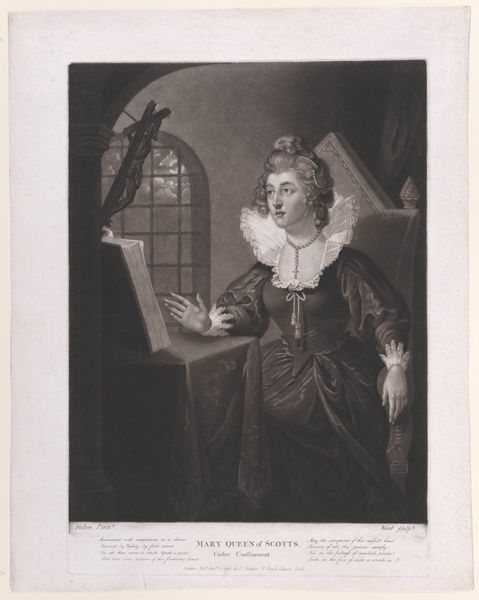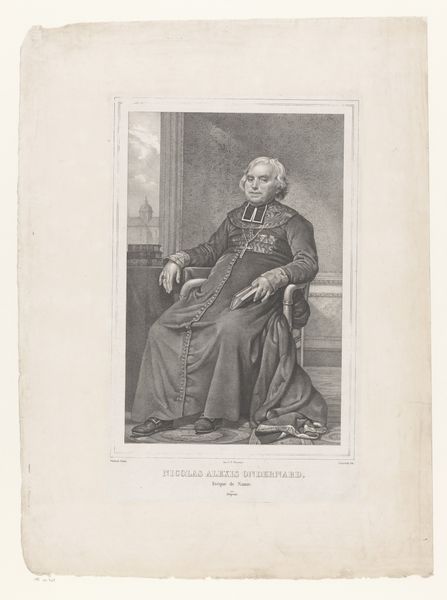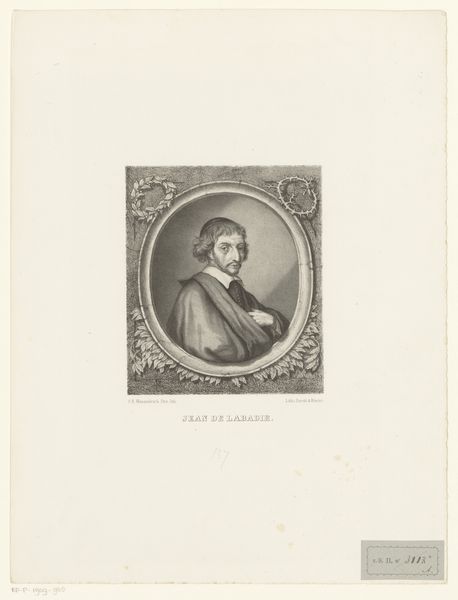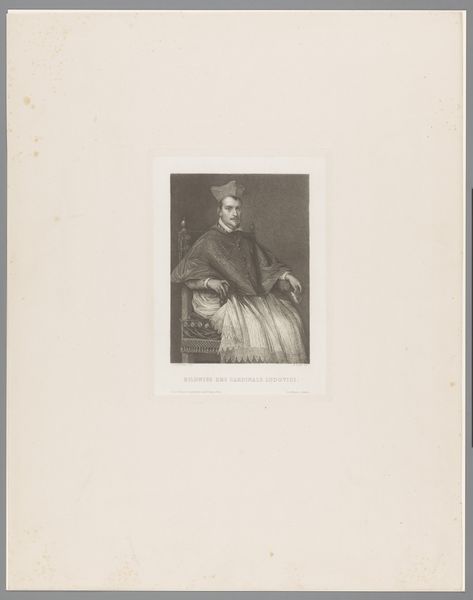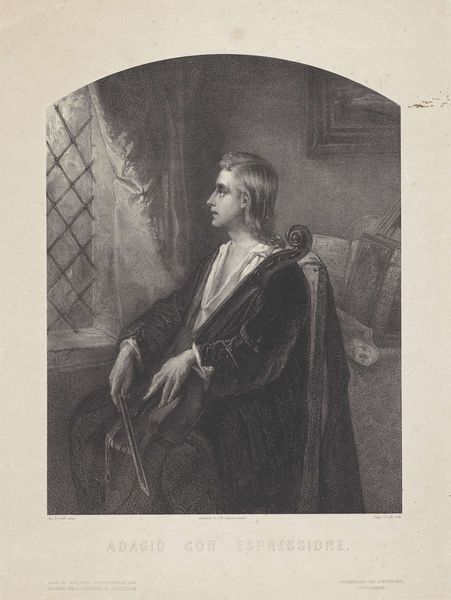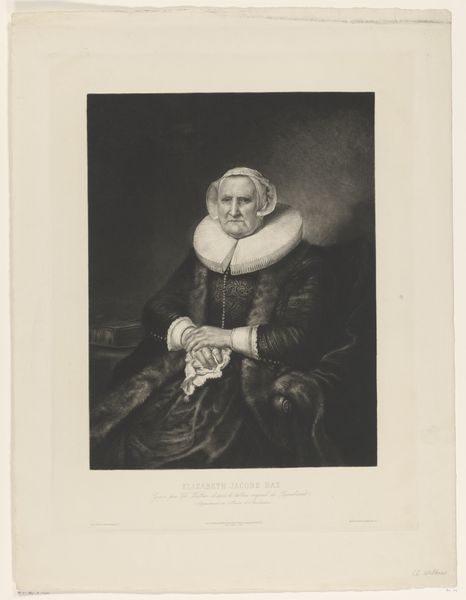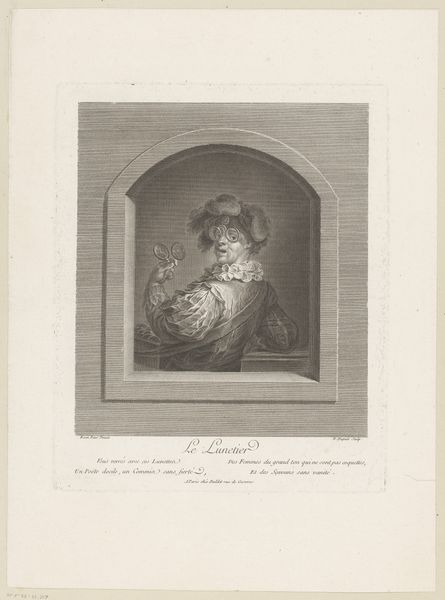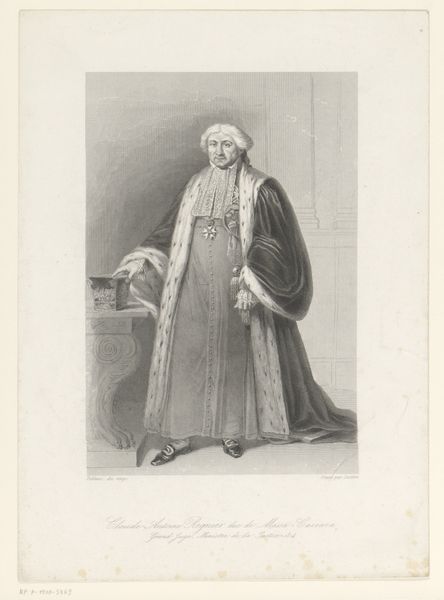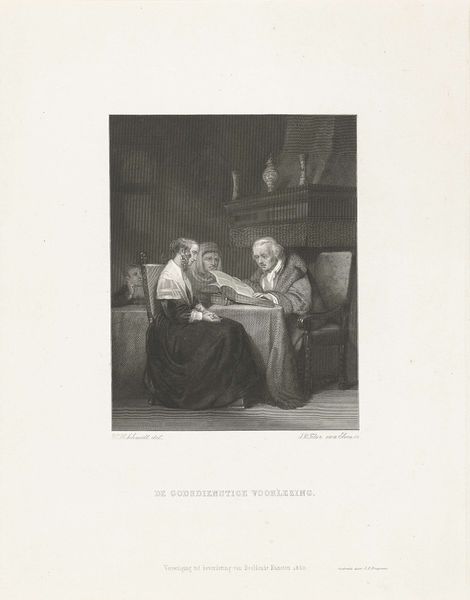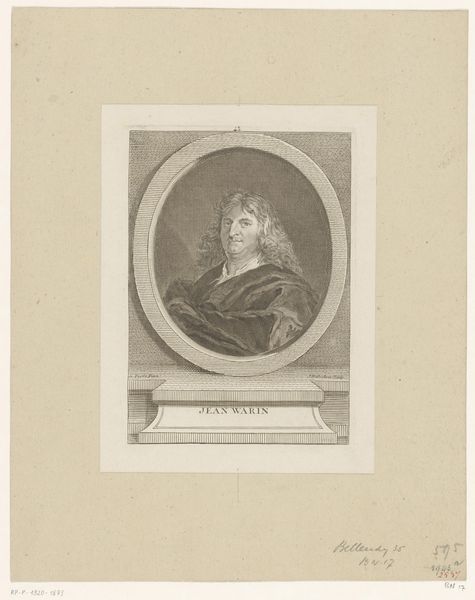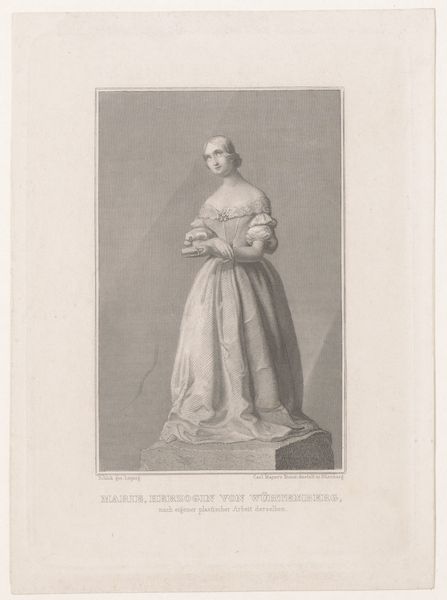
print, engraving
#
portrait
#
baroque
# print
#
figuration
#
engraving
Dimensions: height 420 mm, width 298 mm
Copyright: Rijks Museum: Open Domain
This is Jean Daullé’s Portrait of Marthe-Marguerite de Caylus, made with etching and engraving, an intaglio printmaking technique. To create this image, the artist would have begun by coating a metal plate with a waxy, acid-resistant substance, and then used a sharp tool to draw through this coating, exposing the metal underneath. The plate was then immersed in acid, which bit into the exposed lines, creating the image. The more time in the acid bath, the deeper the lines. For areas of tone, Daullé may have employed methods like cross-hatching or stippling to create tiny dots or lines. The act of printing, which involves inking the plate and pressing it onto paper, is where this artwork comes to life. The precision of the lines, the subtle variations in tone, and the overall detail all reflect not only the skill of the artist, but also the labour involved in its production. By understanding the materials and processes behind this print, we gain insight into the wider social issues of labour, politics, and consumption in 18th-century France, and how it challenges the established idea of fine art.
Comments
No comments
Be the first to comment and join the conversation on the ultimate creative platform.
